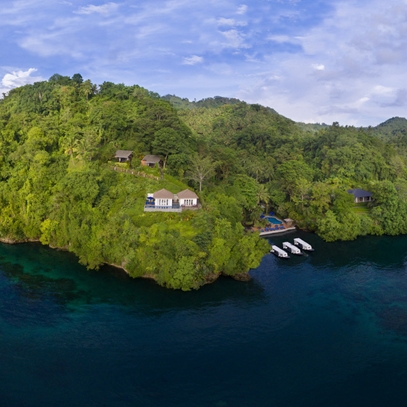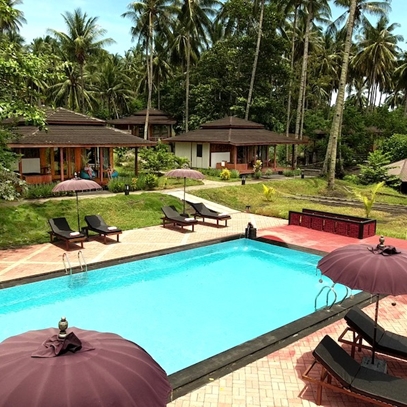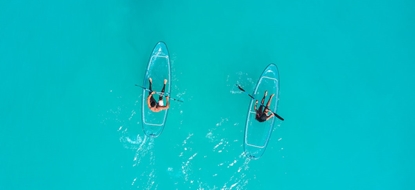Luxury Diving Holidays in the Lembeh Strait
 Scroll to content
Scroll to content
-
Best time to visit
April-November
-
Marine Highlights
Muck diving capital of the world: hairy frogfish, long arm octopus, wunderpus, rhinopias scorpionfish, blue ring octopus, pontohi pygmy seahorse
-
Difficulty
Beginner-Advanced
Overview
Known as the muck diving capital of the world, the Lembeh Strait in North Sulawesi has little to shout about above the waves but what lies beneath is altogether otherworldly. Stretching 16km along and only 1.2km wide, the Strait separates Lembeh Island from the mainland and is home to a plethora of extraordinary marine critters. In the heart of the coral triangle, the volcanic, nutrient-rich black sands of the Lembeh Strait provide a unique environment for the weird and wonderful to thrive, with the biodiversity and abundance of these species thought to be higher than anywhere on earth. Diving holidays in the Lembeh Strait are filled with excitement for beginners and experts alike – whether spotting a frogfish for the very first time or getting the perfect shot of a flamboyant cuttlefish.
Places to stay in Lembeh
Diving in the Lembeh Strait
Contact an expert to start planning your next diving holiday











